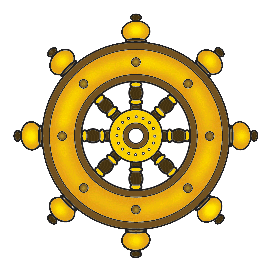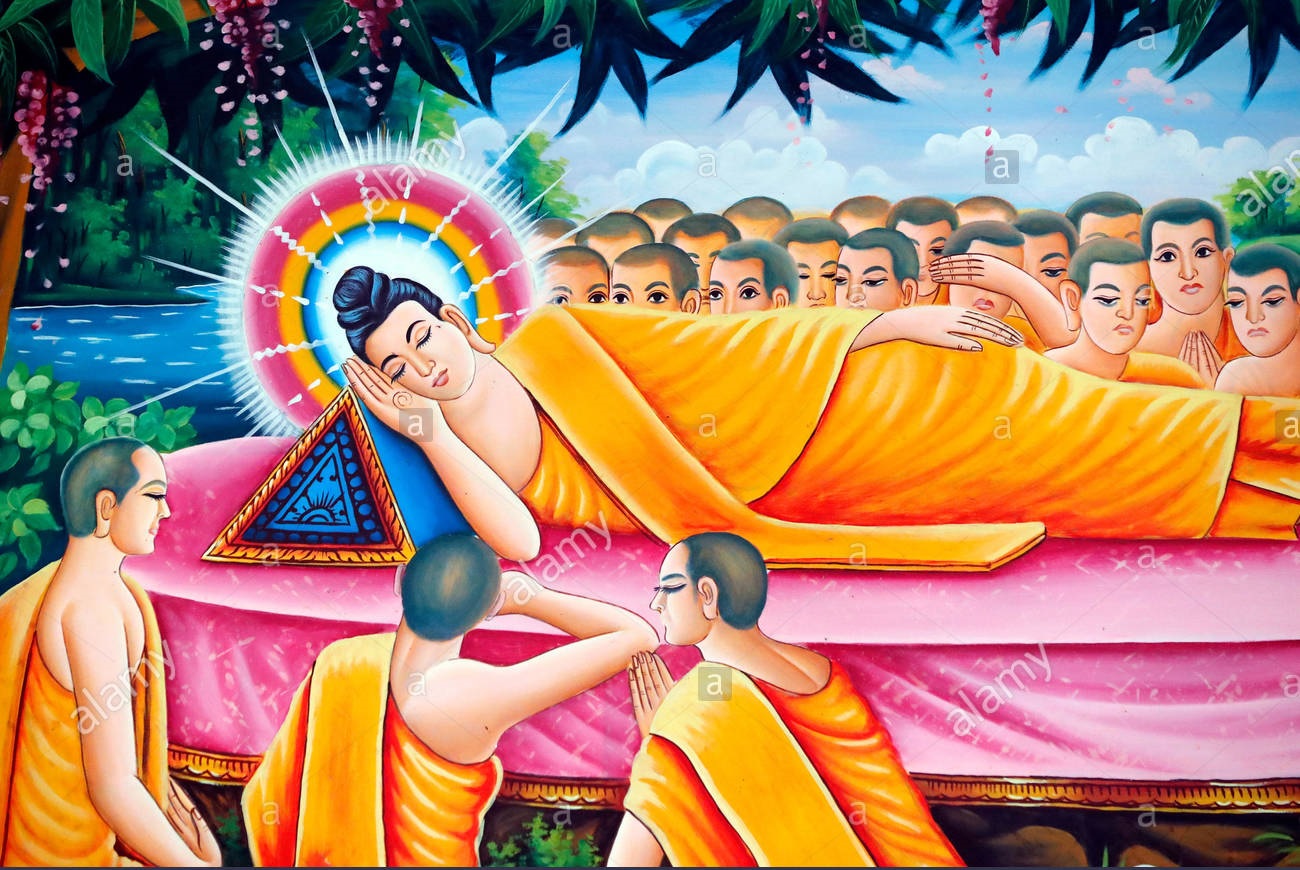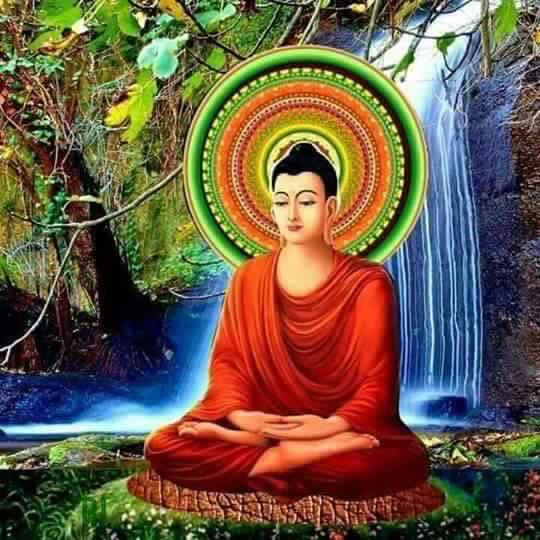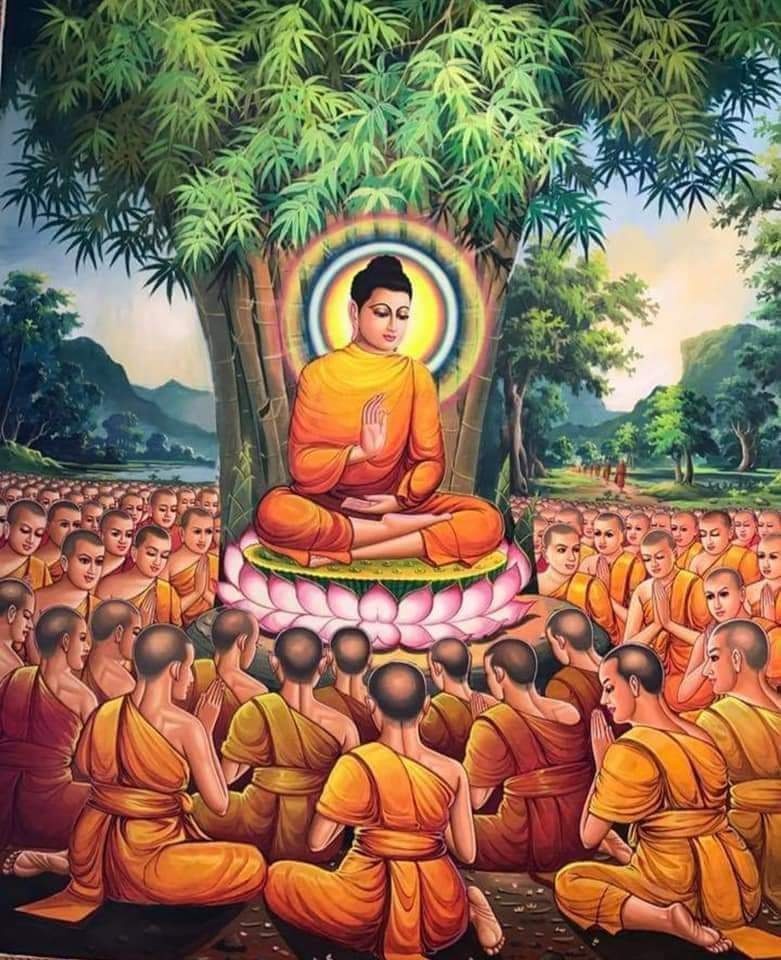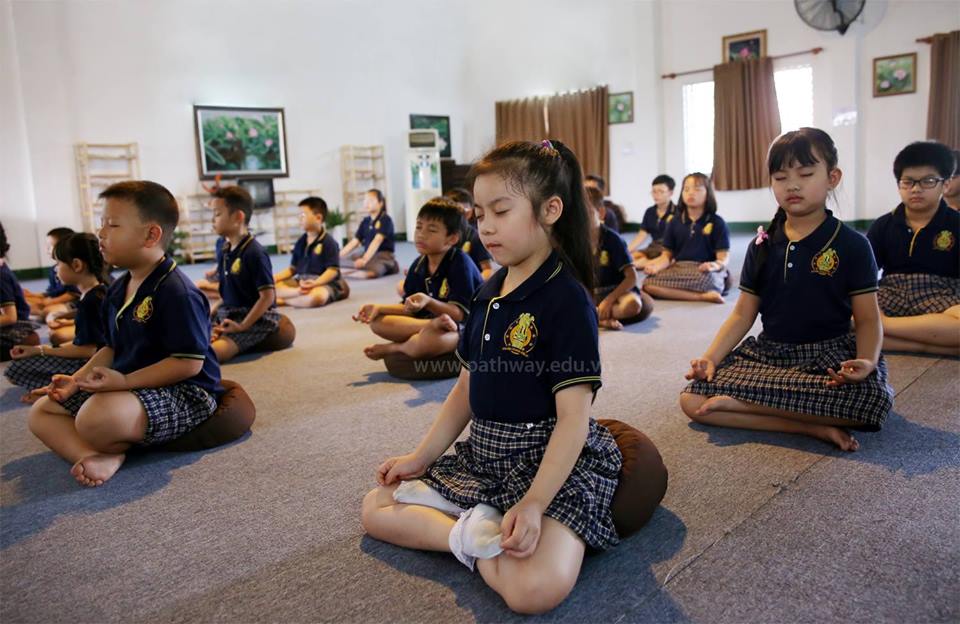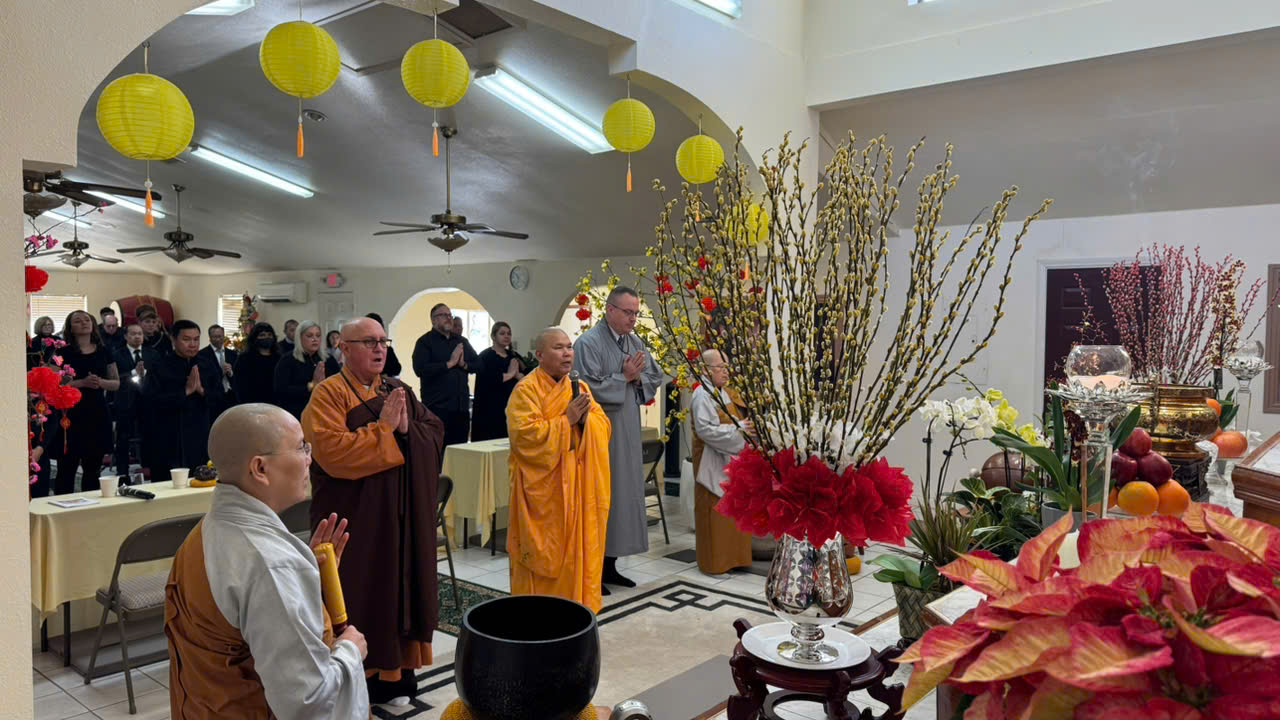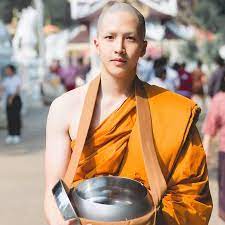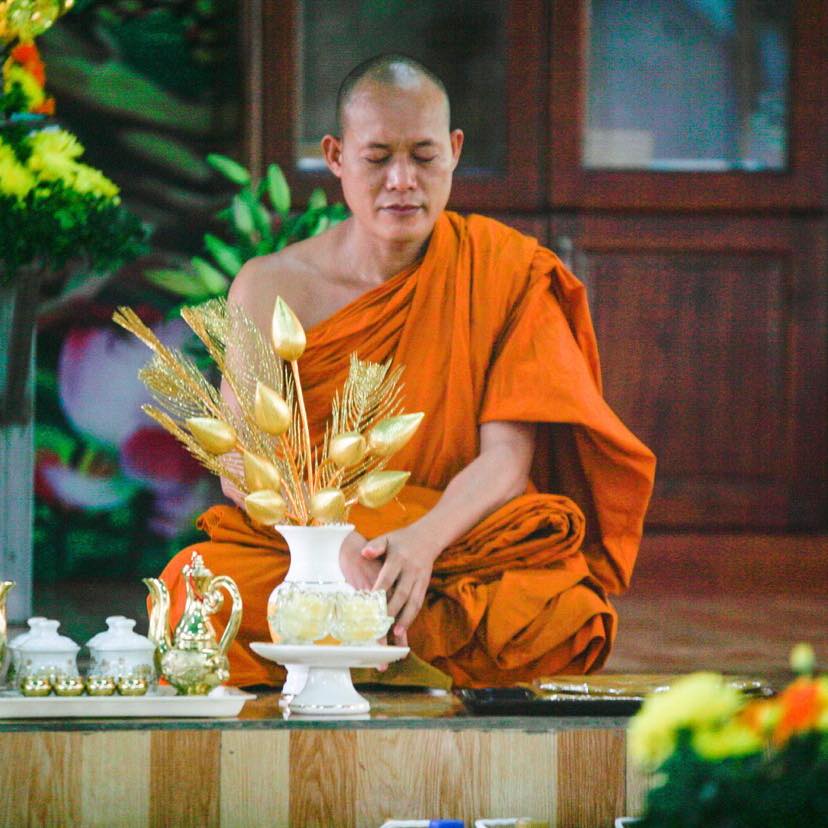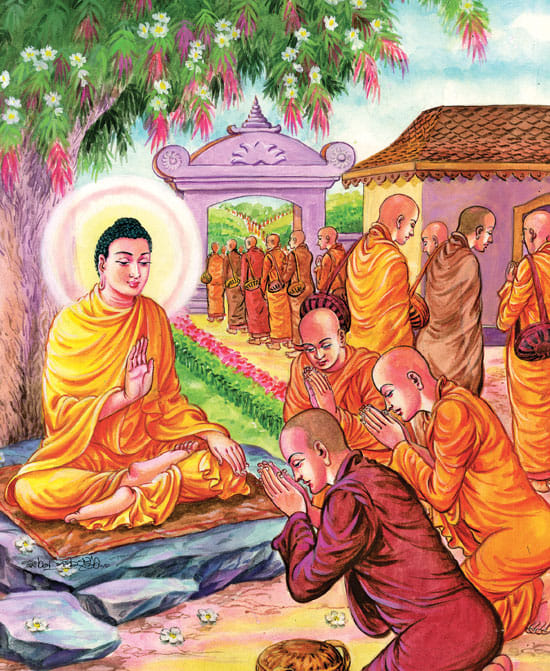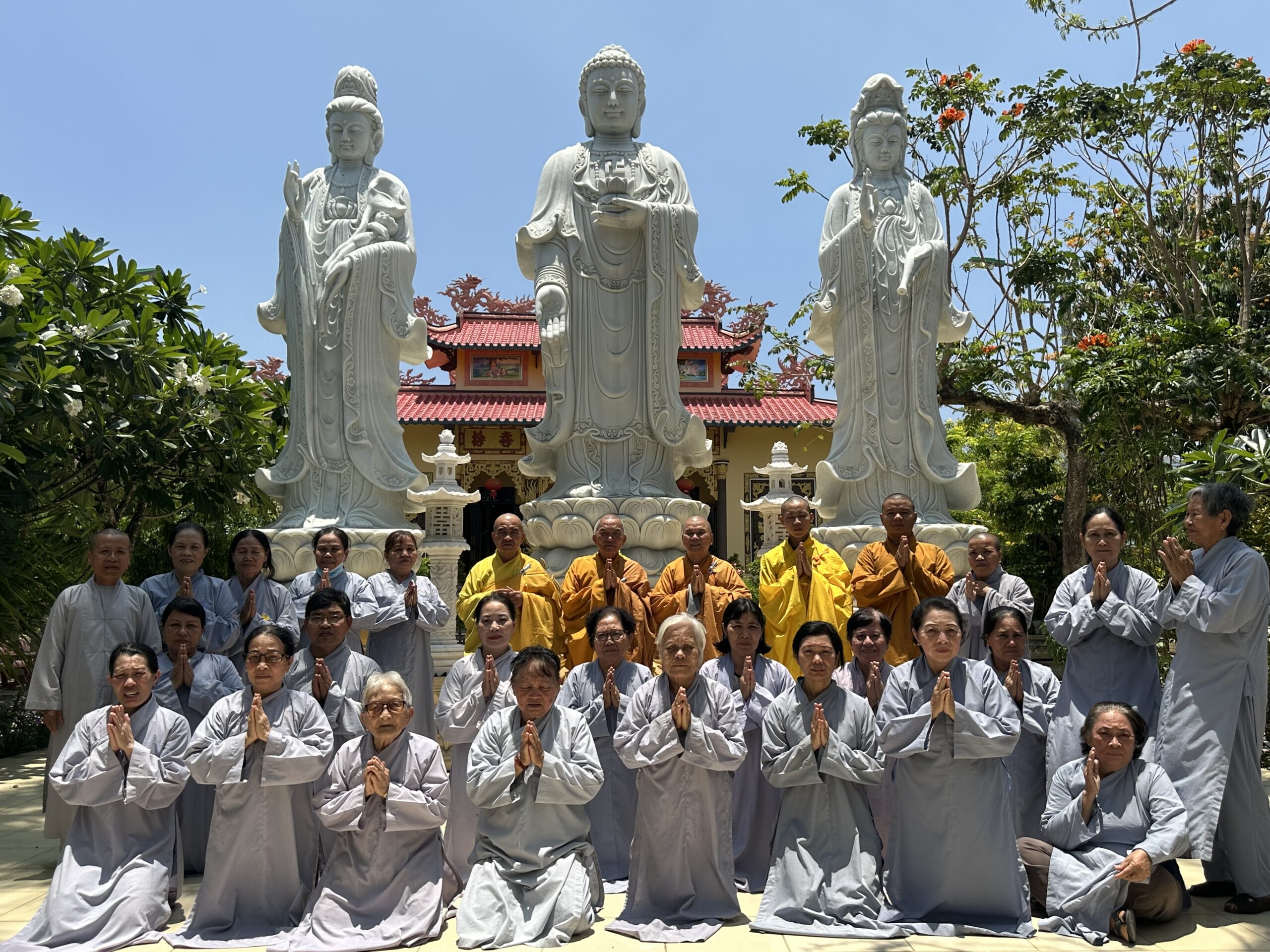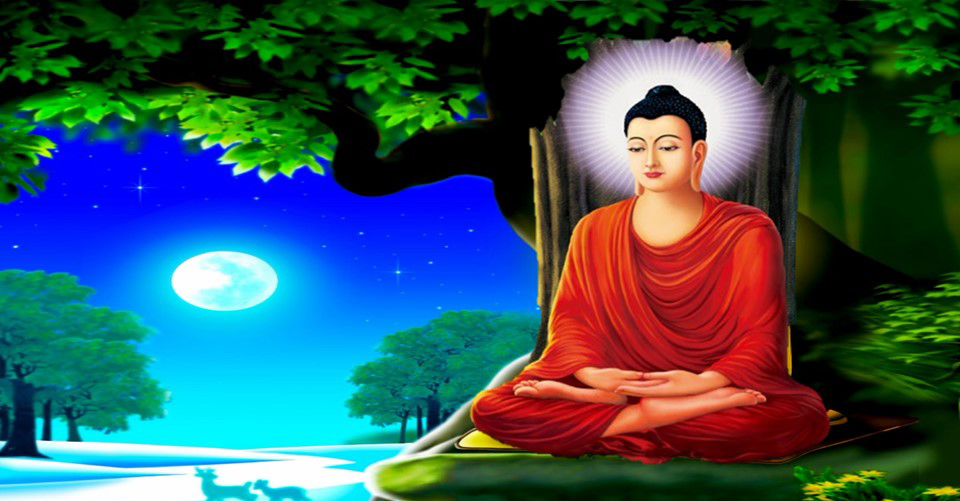Dharmacharya Andrew. J. Williams
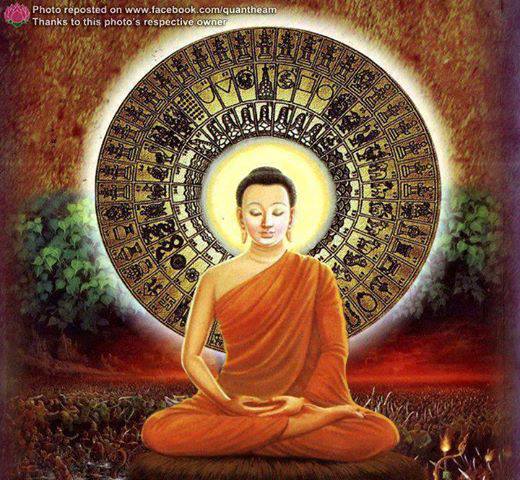
A BRIEF HISTORY OF BUDDHISM Part 3 –
EARLY BUDDHISM/
THE 1ST BUDDHIST COUNCIL/
THE 2ND BUDDHIST COUNCIL/
KING ASOKA’S PROPAGATION
◆● ════ ◆◇◆════ ●◆●
“Early Buddhism:
Early Buddhism remained centred in and around the Ganges valley region, spreading gradually from its ancient heartland. The canonical sources record two councils, where the monastic Sangha established the textual collections based on the Buddha’s teachings, as well as settling certain disciplinary problems within the community.
The 1st Buddhist Council (6th Century BCE):
The first Buddhist council was held just after the Buddha’s Parinirvana, and was presided over by one of the Buddha’s most senior disciples, Venerable Mahakasyapa, at Rajagṛha (modern day Rajgir) during the 6th century BCE, under the noble support of King Ajathasatru. The objective of the council was to record all of Buddha’s teachings into the doctrinal teachings (Sutra’s) and the Abhidharma (higher knowledge teachings on Buddhist philosophy and psychology), and to codify the monastic rules of conduct (Vinaya).
Ananda, one of the Buddha’s main disciples, and his younger cousin and long-time attendant, was called upon to recite the Discourses and the Abhidharma of the Buddha, and Upali, another disciple, recited the rules of conduct of the Vinaya. These became the basis of the Tripiṭaka (Three Collections), which was initially preserved in Pali.
The 2nd Buddhist Council (4th Century BCE):
The second Buddhist council was held at Vaisali following a dispute that had arisen in the Sangha over a relaxation by some monks of various points of discipline. At this second council the original Vinaya texts that had been preserved at the first Council were cited to show that these relaxations went against the recorded teachings of the Buddha.
King Asoka’s Propagation (261 BCE):
The Mauryan King Asoka (273-232 BCE) converted to Buddhism after his bloody conquest of the territory of Kalinga (modern day Odisha) in Eastern India during the Kalinga War. Regretting the horrors and misery brought about by the conflict, the king magnanimously decided to renounce violence, to replace the misery caused by war with respect and dignity for all humanity.
He propagated Buddhism by building stupas and pillars, urging, amongst other things, respect for all animal life and enjoined people to follow the Buddha Dharma. Perhaps the finest example of these is the Great Stupa of Sanchi, (near Bhopal, India), which was constructed in the 3rd Century BCE and later enlarged. Its carved gates, called toranas, are considered among the finest examples of Buddhist art in India. He also built roads, hospitals, rest-houses, universities and irrigation systems around the country. He treated his subjects as equals regardless of their religion, politics or caste.
This period marks the first spread of Buddhism beyond India to other countries. According to the plates and pillars left by Asoka (the edicts of Asoka), emissaries were sent to various countries in order to spread Buddhism, as far south as Sri Lanka and as far west as the Greek Kingdoms, in particular the neighbouring Greco-Bactrian Kingdom, and possibly even farther to the Mediterranean.”
◆● ════ ◆◇◆════ ●◆●
~Dharmacharya Andrew. J. Williams~
A BRIEF HISTORY OF BUDDHISM Part 4 –
THE 3RD BUDDHIST COUNCIL/
THE HELLENISTIC WORLD AND KING ASOKA’S EDICTS
◆● ════ ◆◇◆════ ●◆●
“The 3rd Buddhist Council (250 BCE):
King Asoka convened the third Buddhist Council around 250 BCE at Pataliputra (modern day Patna). It was held by the monk Moggaliputtatissa. The objective of the council was to purify the Sangha, particularly from non-Buddhist ascetics who had been attracted by the royal patronage. Following the council, Buddhist missionaries were dispatched throughout the known world.
The Hellenistic World And King Asoka’s Edicts:
Some of the edicts of King Asoka describe the efforts made by him to propagate Buddhism throughout the Hellenistic world, which at that time formed an uninterrupted continuum from the borders of India to Greece. The edicts indicate a clear understanding of the political organisation in Hellenistic territories. The names and locations of the main Greek monarchs of the time are identified, and they are claimed as recipients of Buddhist propagation: Antiochus II Theos of the Seleucid Kingdom (261-246 BCE), Ptolemy II Philadelphos of Egypt (285-247 BCE), Antigonus Gonatas of Macedonia (276-239 BCE), Magas in Cyrenaica (modern day Libya) (288-258 BCE), and Alexander II in Epirus (modern day North-Western Greece) (272–255 BCE).
“The conquest by the Dharma has been won here, on the borders, and even six hundred yojanas (5,400-9,600 km) away, where the Greek king Antiochos rules, beyond there where the four kings named Ptolemy, Antigonos, Magas and Alexander rule, likewise in the south among the Cholas, the Pandyas, and as far as Tamraparni (Sri Lanka).” (Edicts of King Asoka, 13th Rock Edict).
Furthermore, according to Pāli sources, some of King Asoka’s emissaries were Greek Buddhist monks, indicating close religious exchanges between the two cultures.
“When the Thera (Elder) Moggaliputta, the illuminator of the religion of the Conqueror (King Asoka), had brought the third council to an end, he sent forth Theras, one here and one there: and to Aparantaka (the Western countries corresponding to Gujarat and Sindh) he sent the Greek (Yona) named Dhammarakkhita”. (Mahavamsa XII).
Asoka also issued edicts in the Greek language as well as in Aramaic. One of them, found in Kandahar, advocates the adoption of piety (using the Greek term eusebeia for Dharma) to the Greek community.
“Ten years of reign having been completed, King Piodasses (King Asoka) made known the doctrine of piety to men; and from this moment he has made men more pious, and everything thrives throughout the whole world.”
It is not clear how much these interactions may have been influential, but some scholars have commented that some level of syncretism between Hellenist thought and Buddhism may have started in Hellenic lands at that time. They have pointed to the presence of Buddhist communities in the Hellenistic world around that period, in particular in Alexandria, and to the pre-Christian monastic order of the Therapeutae (possibly a deformation of the Pali word Theravada), who may have almost entirely drawn its inspiration from the teaching and practices of Buddhism, and may even have been descendants of King Asoka’s emissaries to the West. The philosopher Hegesias of Cyrene, from the city of Cyrene where Magas of Cyrene ruled, also appears to have been influenced by the teachings of Asoka’s Buddhist missionaries.
Furthermore, Buddhist gravestones from the Ptolemaic period have also been found in Alexandria, decorated with depictions of the Dharma wheel.”
◆● ════ ◆◇◆════ ●◆●
~Dharmacharya Andrew. J. Williams~

